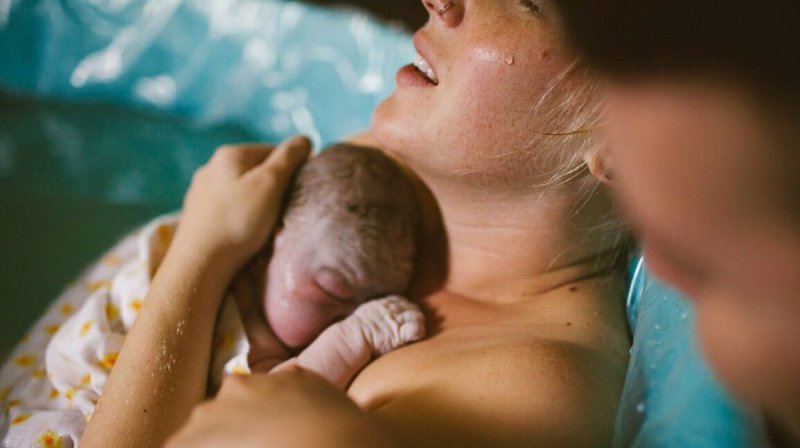To pass through the birth canal, human infants have to perform a series of twists and turns, a process called rotational birth.
…
It begs the question: Why hasn’t evolution made childbirth easier on humans?
A study recently published in Proceedings of the National Academy of Sciences proposes that human childbirth is difficult because of evolutionary trade-offs that ultimately help protect organs in the body.
The main trade-off for women centers on the pelvic floor, which is a group of muscles that stretches from the pubic bone to the tailbone. These muscles help stabilize the spine, support the womb, and control bladder and bowel functions. The pelvic floor also stretches during childbirth, allowing the baby to pass more easily through the birth canal.
…
Some researchers have proposed that a larger pelvic floor would make childbirth easier for women. But others have countered that a larger pelvic floor would actually be more vulnerable to deformation and could lead to disorders.
“Although this dimension has made childbirth more difficult, we have evolved to a point where the pelvic floor and canal can balance supporting internal organs while also facilitating childbirth and making it as easy as possible,” [said] lead study author Krishna Kumar.































